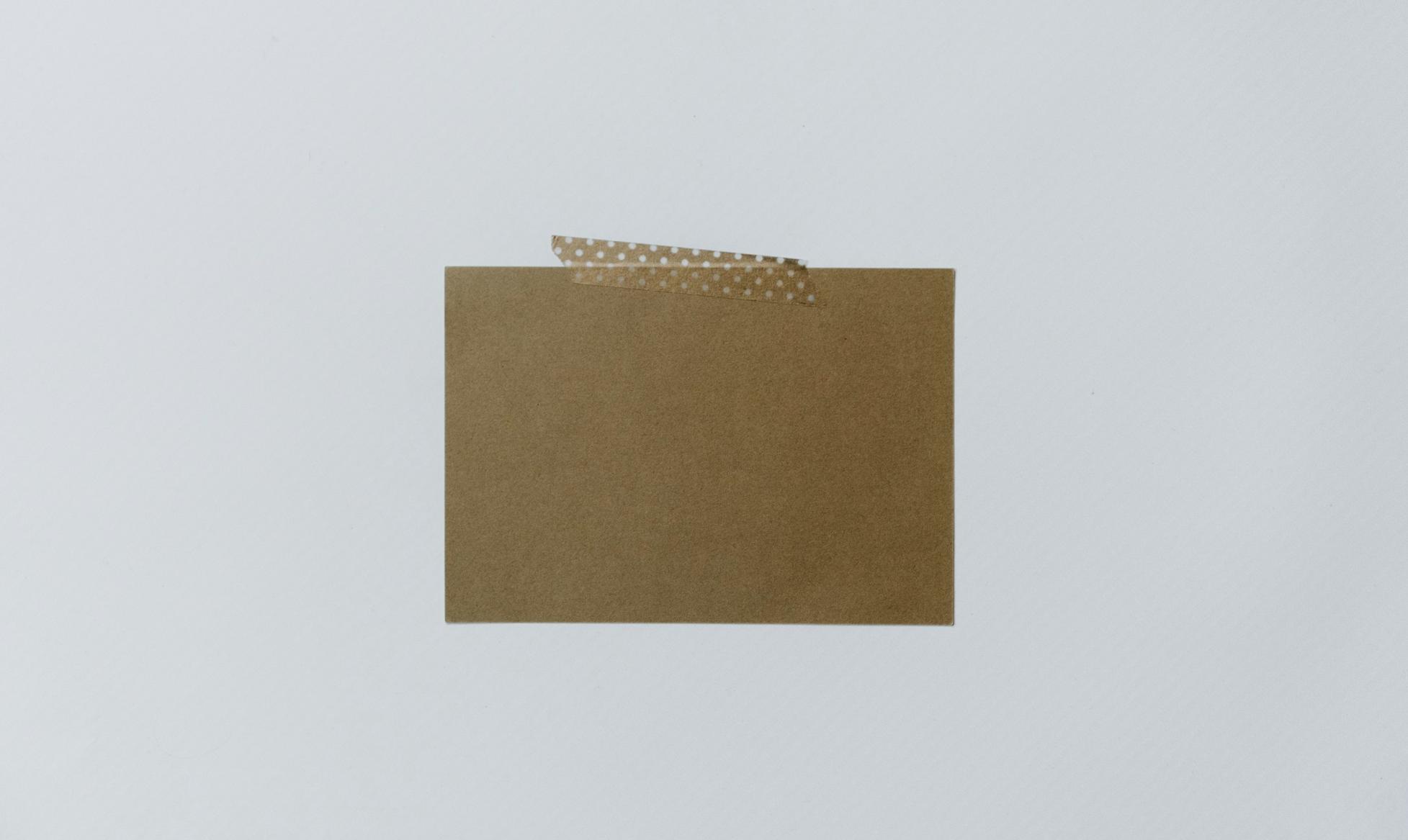
The Beginning - A Different Approach
Started this whole thing in a tiny office space on Granville Street with nothing but a secondhand drafting table and way too much coffee. Back then, everyone was all about glass towers and showing off. But I'd just spent five years working on projects that honestly? They didn't sit right with me. Buildings that ignored the climate, that didn't think about the people who'd actually use them day-to-day.
So yeah, I took the leap. Founded the practice with a pretty simple idea - what if we actually listened to the site? To the context? To what nature's already figured out over millions of years? Clients thought I was a bit nuts at first, but a few projects in, they started getting it.
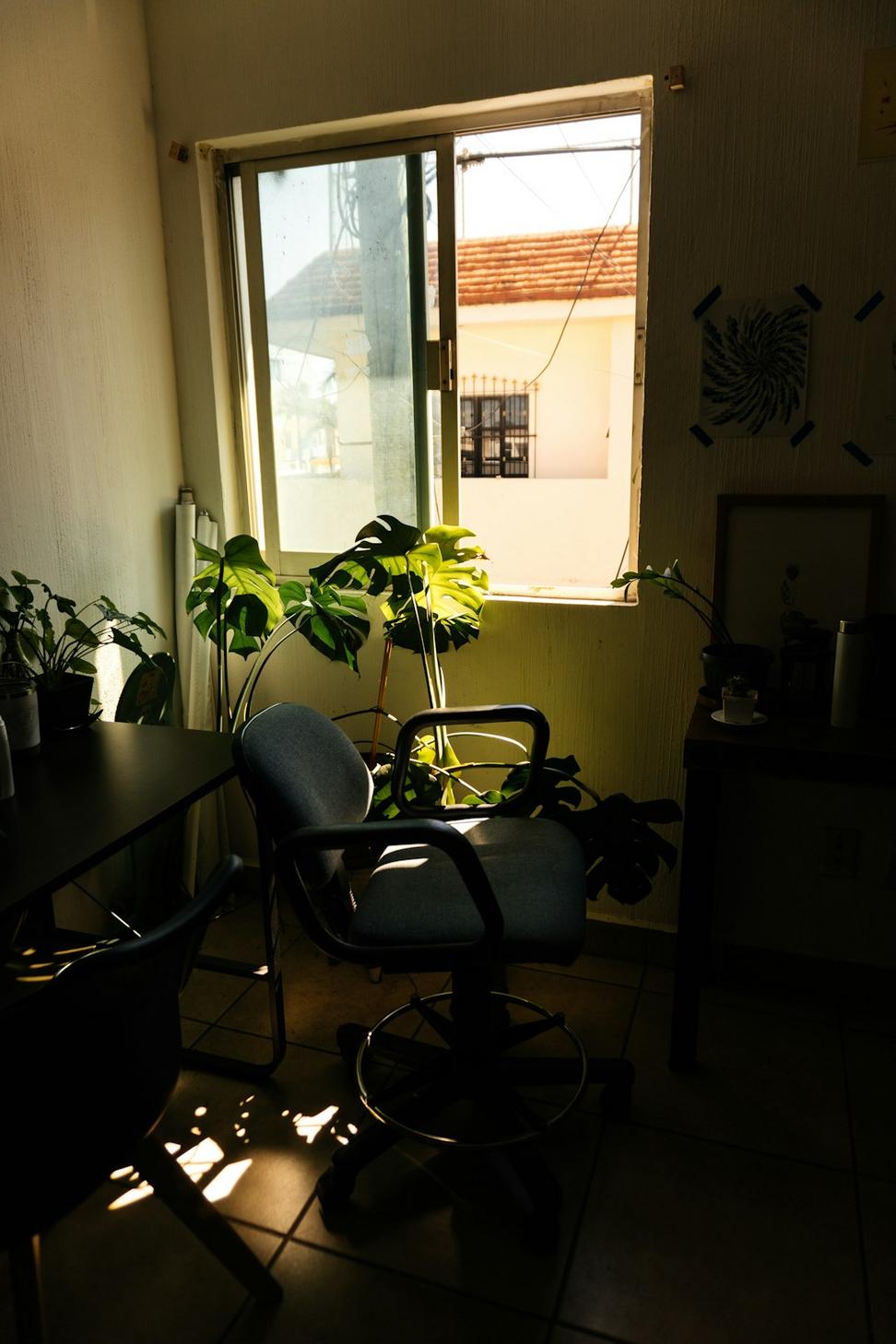
Breaking Through
The Harbour Green project changed everything for us. Our first real commercial gig, and honestly, I was terrified. The client wanted a waterfront development that wouldn't, you know, ruin the waterfront - which sounds obvious but isn't how most folks approach it. We spent months just studying the tides, the wind patterns, how people moved through the space naturally.
That building ended up winning a couple awards, which was cool and all, but what mattered more? People actually wanted to be there. That's when I knew we were onto something real. Word spread, the team grew from just me and two others to about fifteen people who actually gave a damn about doing this right.
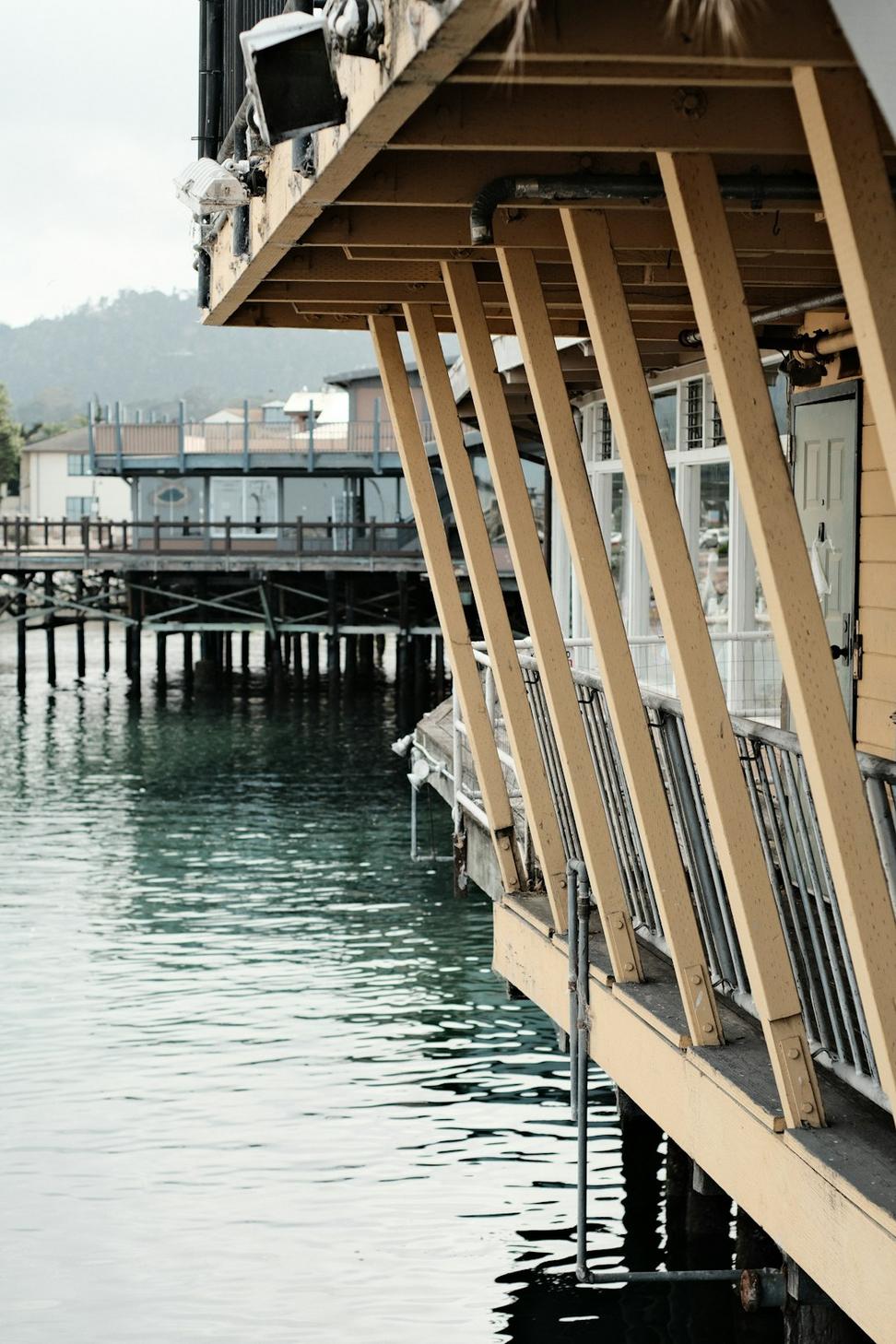
Going Deeper into Sustainability
Got my LEED accreditation this year, but honestly, that was just making official what we'd been doing all along. Started consulting on urban planning projects too - because individual buildings are great, but if the whole neighborhood's a mess, what's the point?
This was also when we took on our first heritage restoration. Talk about humbling. Working with a 1920s building taught me more about craftsmanship and intentionality than any modern project could. Those old builders didn't have fancy software or climate models, but they understood materials and context in ways we've kinda forgotten.
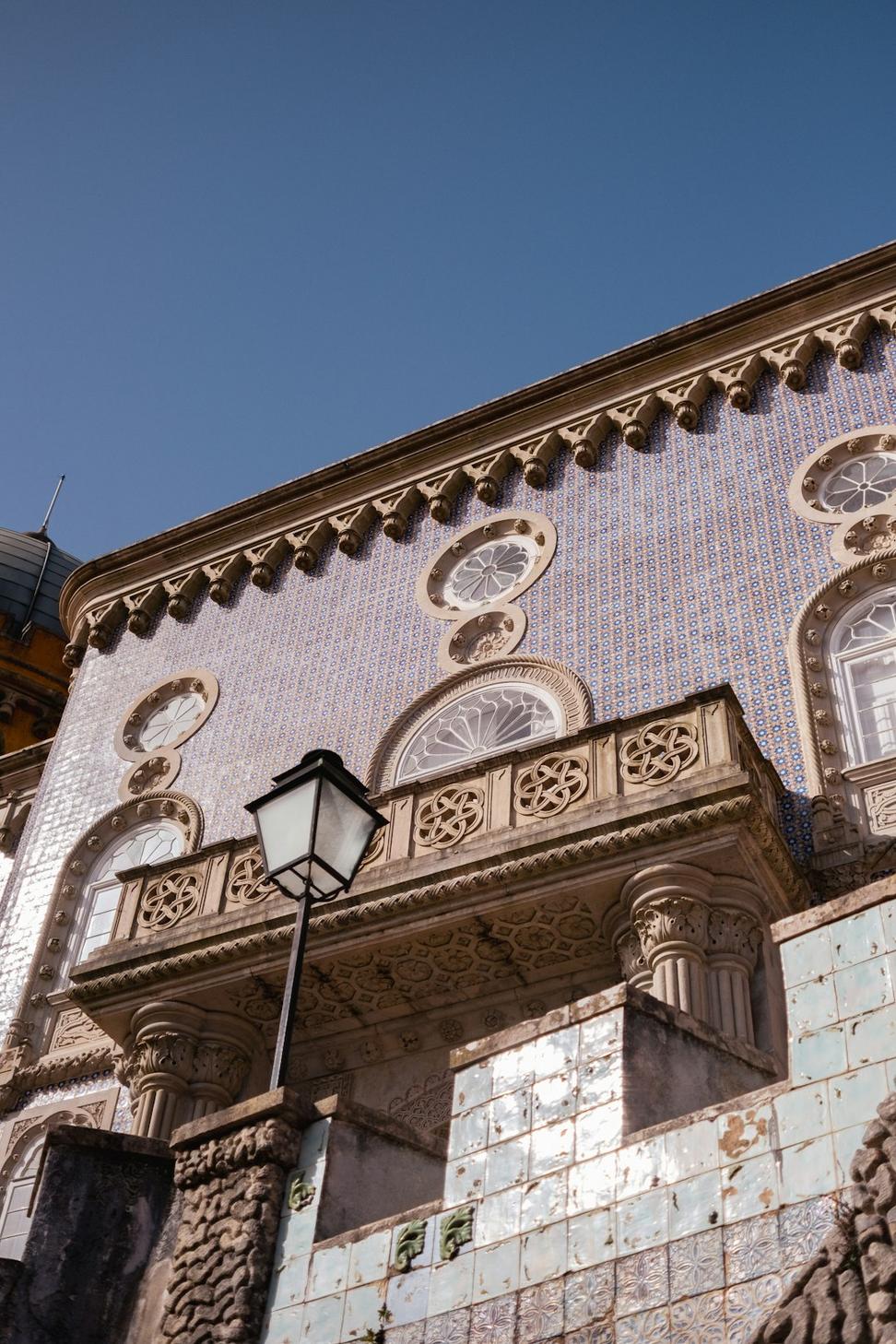
What Drives Us
Context Over Ego
Every site's got its own story - soil conditions, weather patterns, neighborhood character. Our job isn't to impose some signature style. It's to respond thoughtfully to what's already there. Sometimes that means the building looks totally different from what we initially sketched, and that's fine. Actually, that's the whole point.
Long-term Thinking
Trends come and go - trust me, I've seen enough of 'em. But we're designing for decades, maybe centuries. That means materials that age well, systems that can adapt, and spaces flexible enough to change with people's needs. My grandkids should be able to look at our work and not think "wow, that's so 2020s" in a bad way.
Real Sustainability
Not just slapping some solar panels on and calling it green. We're talking passive design, local sourcing, designing for disassembly. Yeah, it's more work upfront. But when your building's using 60% less energy and the materials can be reused? That's worth it. Plus, it just makes economic sense in the long run, even if the spreadsheet people don't always see it right away.
Honesty in Process
Look, not every project goes smoothly. Sometimes we hit problems, sometimes budgets get tight, sometimes our initial ideas just don't work. We keep clients in the loop - the good, the bad, all of it. Architecture's collaborative, and pretending otherwise is how projects fall apart.
Expanding the Vision
Moved into our current space - Suite 402 with actual windows and everything! The team's now around 25 people, mix of architects, urban planners, interior designers, and a couple environmental consultants we brought in-house. Different perspectives make the work stronger, always.
Started doing more teaching too. Guest lectures at UBC, mentoring younger architects. Figured if this approach works, might as well share it. The industry's slowly coming around to these ideas, though there's still plenty of folks who think sustainability's just a marketing angle. Those people are gonna have a rough time in the coming decades.
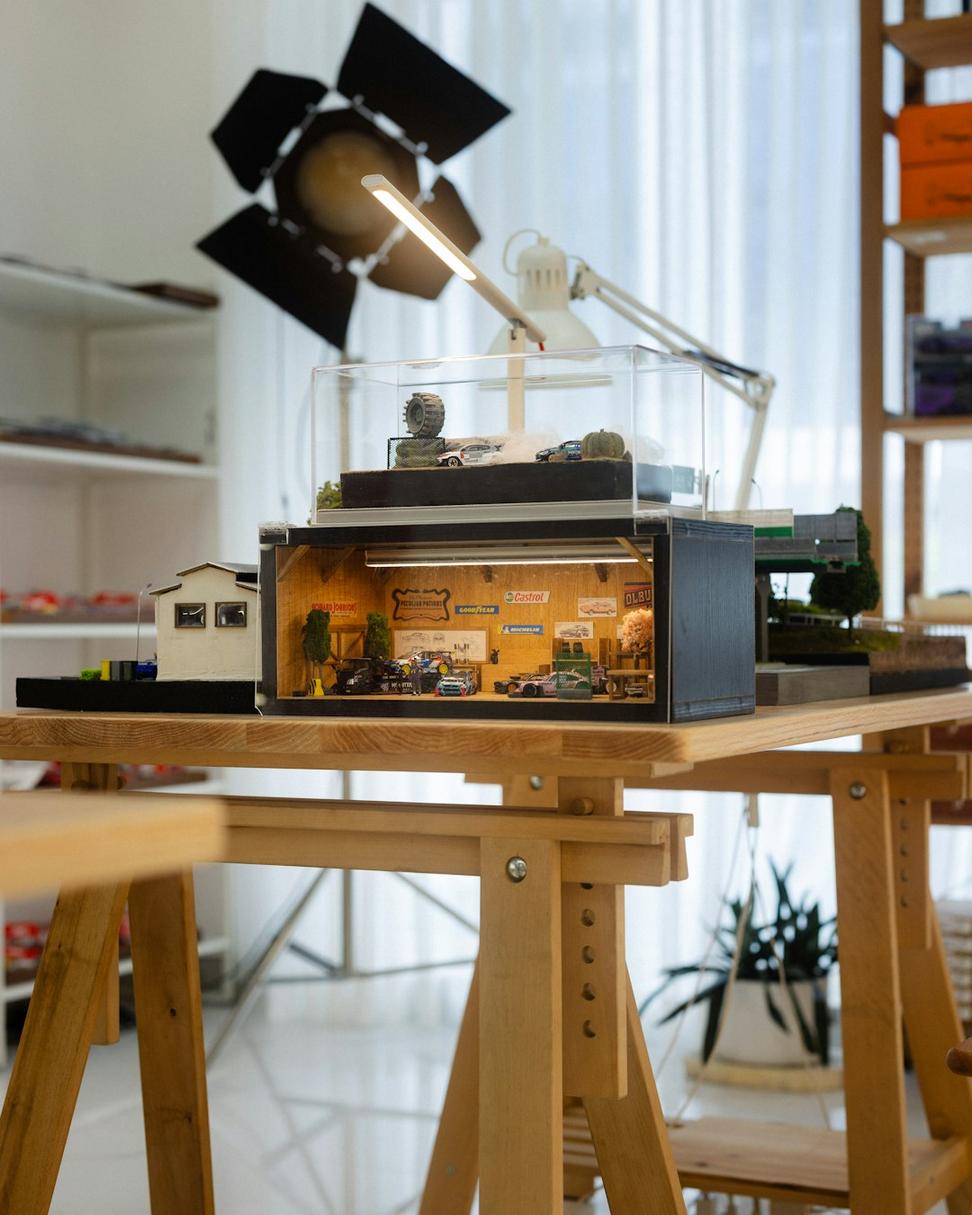
Looking Forward
Fifteen years in, and honestly, I'm more excited about this work now than when we started. Climate change isn't some distant thing anymore - it's here, and architecture has to adapt. We're working on projects now that consider sea level rise, extreme weather, heat islands... stuff that wasn't even on the radar back in 2009.
But here's the thing - it's not all doom and gloom. These challenges are pushing us to be more creative, more thoughtful, more connected to the places we're building in. We're partnering with Indigenous consultants, learning traditional approaches to working with the land. We're experimenting with materials and techniques that would've seemed wild a decade ago.
The future's gonna need buildings that work with nature, not against it. And honestly? That's exactly the kind of work that got me into architecture in the first place. So yeah, we're ready for it.
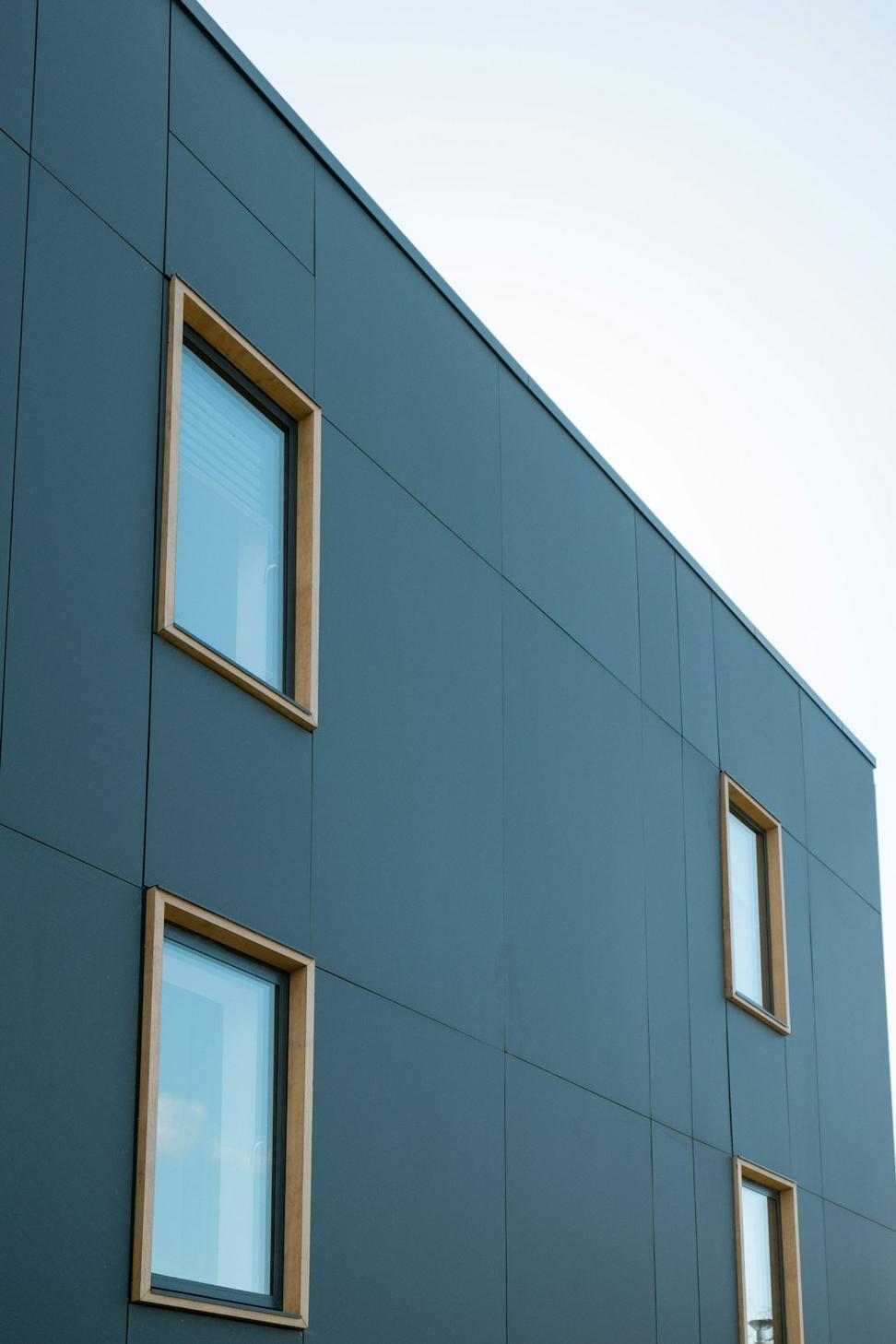
The People Behind the Work
Can't do this alone - never could. We've got a team that brings together architects who actually care about details, urban planners who think about how people really move through spaces, designers who understand that beauty and function aren't opposites, and engineers who see sustainability as a design opportunity, not a constraint.
Everyone here's got their own story, their own reason for doing this kind of work. Some came from big corporate firms and wanted something more meaningful. Others are fresh out of school with ideas that challenge how I think. That mix keeps things interesting and keeps us from getting stuck in our ways.
We do weekly critiques where anyone can question anyone's ideas - yeah, including mine. Some of our best solutions have come from junior team members spotting something the rest of us missed. Ego's got no place in good design.